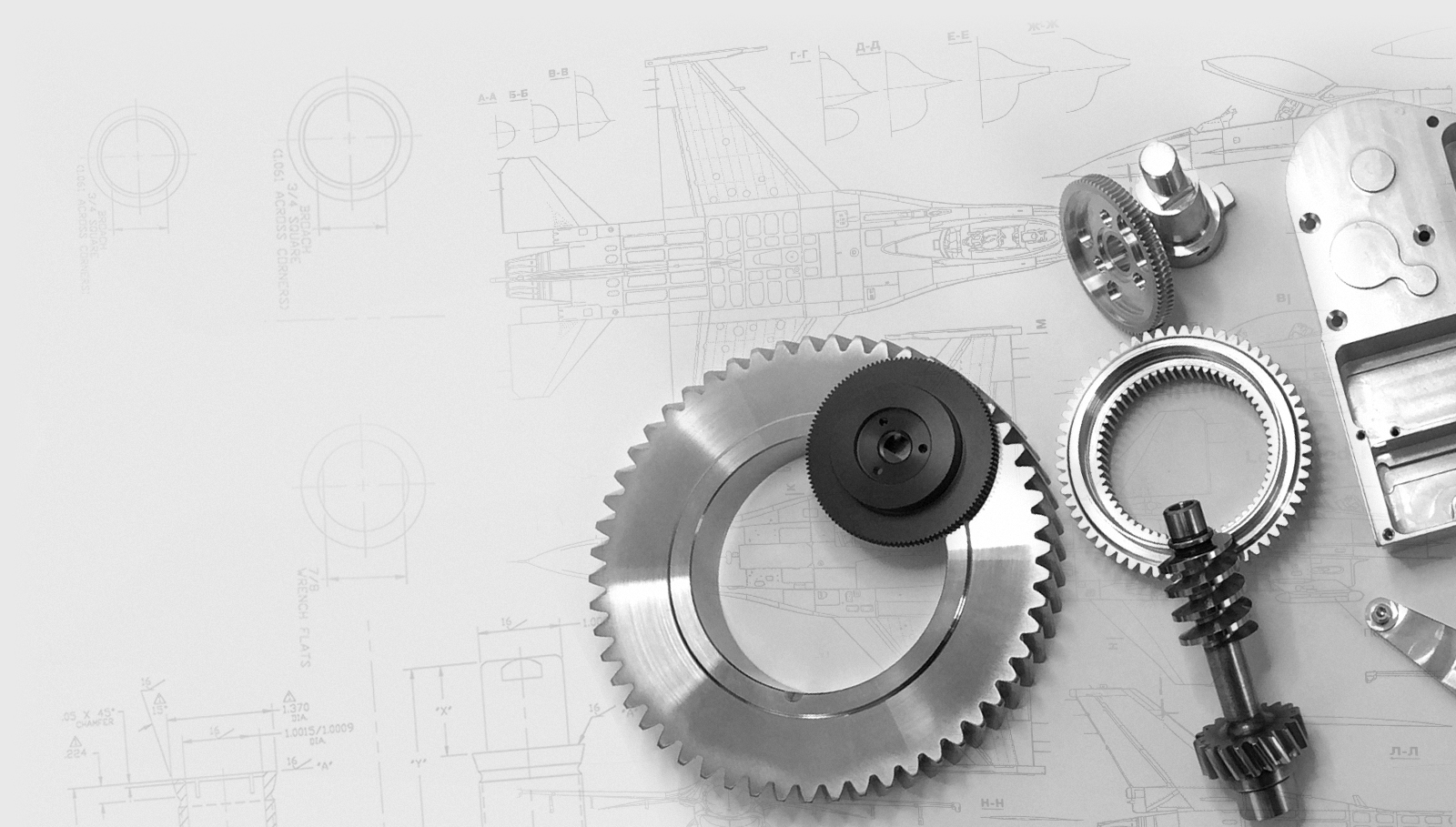A gear, as defined by the gearsed.com, is “a refinement of the wheel and axel” [i] and has “teeth that are designed to intersect the teeth of another gear”[ii]. Gears are primarily used for the transmission of power or velocity and the change of the speed or direction of power. Being that gears can be used in many different ways, there are several different types of gears such as spur, helical and bevel.
Gears are used in sets for the transmission of power with their teeth “meshing” together in order to accomplish this task. Meshing is a term used to mean when two gear teeth come in contact with one another in order to transmit power. In a gear set, the larger gear in the set is called the gear and smaller of the two set is called the pinion.
Some of the important terms used in the gear industry are diametral pitch, pressure angle, and the addendum and the dedendum of the gear teeth. The diametral pitch is “the number of teeth of a gear per inch of its pitch diameter.”[iii] The diametral pitch is important to the manufacturing of gears because it helps the give a lot of required information to various parts of the manufacturing process. Diametral pitch is used the standard version of a gear while the metric equivalent is the module. The pressure angle of a gear is the “leaning angle of a gear tooth”. This angle is used to determine the tooth profile. Some common pressure angles are 20° and 14.5°, but there can be other pressure angles.[iv]
The addendum and dedendum of the gear refer to the distances between the major diameter, minor diameter and the theoretical pitch diameter, shown as the reference line in Figure 1. The addendum of an external gear is the distance of the major diameter to the pitch diameter while the dedendum of an external gear is the distance of the minor diameter to the pitch diameter. These are all taken in the “normal” plane of the gear. The normal plane of a gear is “a plane normal to the tooth surfaces at a point of contact and perpendicular to the pitch plane”[v] while the transverse plane is “a plane that is perpendicular to the axial plane and to the pitch plane. In gears with parallel axes, the transverse plane and the plane of rotation coincide.”[vi]
[i] http://www.gearseds.com/files/6.3.1_gear_terms_lesson_rev3.pdf
[ii] http://www.gearseds.com/files/6.3.1_gear_terms_lesson_rev3.pdf
[iii] https://www.cs.cmu.edu/~rapidproto/mechanisms/chpt7.html#HDR115
[iv] http://khkgears.net/gear-knowledge/abcs-gears-b/basic-gear-terminology-calculation/
Figure 1: http://khkgears.net/gear-knowledge/abcs-gears-b/basic-gear-terminology-calculation/
[v] http://www.jaredzone.info/2011/03/gears-and-gearing-definitions.html
[vi] http://www.jaredzone.info/2011/03/gears-and-gearing-definitions.html







